Dōsojin: the Rock-Hard Protectors of Matsumoto
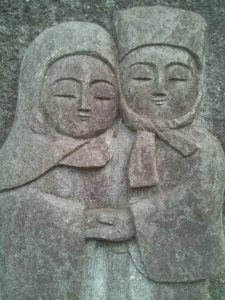 As you wander the streets of Matsumoto you might come across something peculiar. Okay, yes, this is Japan, there’s something peculiar on every street in every city, town and village on the map. Here in Matsumoto, and all over the Shinshu Region, that peculiarity consists of figures, carved into stone, of men and women getting cuddly with each other. They look quite content. They are usually elderly. They are called Dōsojin (道祖神), and they are worth getting to know.
As you wander the streets of Matsumoto you might come across something peculiar. Okay, yes, this is Japan, there’s something peculiar on every street in every city, town and village on the map. Here in Matsumoto, and all over the Shinshu Region, that peculiarity consists of figures, carved into stone, of men and women getting cuddly with each other. They look quite content. They are usually elderly. They are called Dōsojin (道祖神), and they are worth getting to know.
‘Dōsojin’ is a catch-all name for the deities (kami) originally placed at village borders, along country roads and near mountain passes. Those standing at the outskirts of a community were meant to protect the locals from any beings who might wish to bring pestilence and disaster in from the outside, like bad spirits, evil gods and, in recent years, foreign English teachers. The Dōsojin stationed along country roads are meant to watch over travelers, pilgrims and, in a broader sense, people in transition.
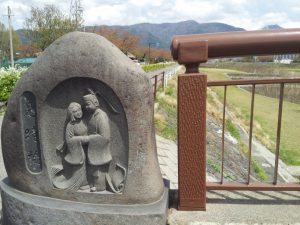
These kami are sometimes represented by stones carved into human male and female genitalia. Others are simply rounded rocks. But the most common (and, for the unofficial majority, the most endearing) Dōsojin are represented by an elderly couple standing arm-in-arm, with the woman’s head often resting on the man’s shoulder.
It’s hard for everyone who is not a postman to know where neighborhoods and communities begin and end in Japan. Thus Dōsojin can appear in seemingly random places. And though their existence dates back over a thousand years they are still placed at intersections and at the ends of bridges.
As protectors, Dōsojin have also been referred to as Sai no kami (塞の神 – the god of the fort or stronghold, which makes a lot of sense); Sae no kami (障の神 – the god of failure or breakdown, which might make sense for those tasked with watching over travelers); Dōrokujin (道陸神 – god of the road, which makes perfect sense); or Shakujin (石神 – stone god, also completely sensible but not entirely informative). As they are so often depicted as an elderly couple, they have long been seen by some as a symbol of a long and happy life. In some areas they are considered gods of easy childbirth and healthy upbringing (which might explain why they are sometimes depicted as male and female naughty bits).
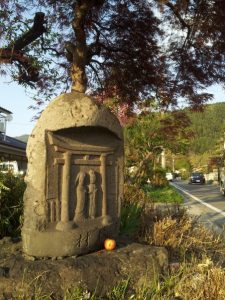
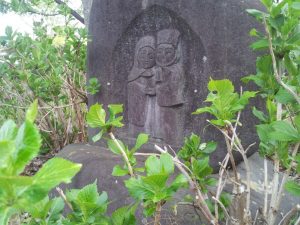 Though they represent divine protection against nefarious forces desiring to bring disaster upon a community, Dōsojin are not infallible. It was believed by some that a damaged Dōsojin was a harbinger of danger. Nothing seems to be said, however, about the consequences of the aging of Dōsojin over time and from the elements.
Though they represent divine protection against nefarious forces desiring to bring disaster upon a community, Dōsojin are not infallible. It was believed by some that a damaged Dōsojin was a harbinger of danger. Nothing seems to be said, however, about the consequences of the aging of Dōsojin over time and from the elements.
Keep an eye out as you walk around Matsumoto and further afield, for an up close look at an ancient godly custom. While you are taking their picture you can thank these Dōsojin for keeping you extra safe in this decidedly non-dangerous country.
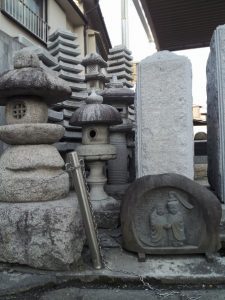 And if you want a little extra protection, go down to your local stone cutter and pick up your own Dōsojin to take home.
And if you want a little extra protection, go down to your local stone cutter and pick up your own Dōsojin to take home.